Imagine this: your cat, that mysterious, soft-footed creature, suddenly flops onto your lap, belly exposed and eyes half-closed. Is it just being cute, or is something deeper happening? Many cat lovers wonder if their feline companions truly trust them, or if they’re simply tolerated for providing food and a good chin scratch. The truth will surprise you—cats have secret ways of showing deep trust, and most people miss the signs completely. Understanding these hidden gestures can transform your relationship with your pet. So, let’s unravel the mystery and discover which quirky cat behaviors actually mean you’re loved, cherished, and trusted beyond measure.
Slow Blinking: The Cat’s Secret “I Love You”

Have you ever caught your cat staring at you with half-closed eyes, then slowly blinking? This gentle, relaxed blink is no accident. In the feline world, slow blinking is like a silent “I love you.” Cats only do this with those they feel utterly safe around. When your cat gives you this look, it’s telling you it feels calm, unthreatened, and connected. Many behaviorists even call it a “cat kiss.” The next time your cat blinks at you slowly, try blinking back; you might be surprised to see your kitty respond in kind. It’s a subtle but powerful exchange of trust. Not all cats do it, and if yours does, you should feel pretty honored. Think of it as your cat’s way of letting you into its little world.
Showing the Belly: The Ultimate Vulnerability

Everyone knows the classic image—a cat sprawled out, belly up, paws in the air. To the untrained eye, this seems like an invitation to rub the belly. But for most cats, exposing their soft underbelly is an act of extreme trust. This is their most vulnerable spot, and in the wild, cats never show it unless they feel completely safe. If your cat does this in your presence, it’s a huge compliment. Be careful though; not all cats want their bellies touched, and doing so might break that delicate trust. Instead, acknowledge the gesture with a gentle pet on the head or a soft word. By showing you its belly, your cat is saying, “I trust you with my life.” It’s a rare and special sign of deep comfort.
Kneading: A Throwback to Kittenhood

When your cat rhythmically presses its paws into your lap, it’s not just making biscuits—it’s showing you trust. This behavior, called “kneading,” starts in kittenhood when kittens knead their mother’s belly to stimulate milk flow. Adult cats carry this habit into adulthood, but they only do it when they feel safe and content. If your cat kneads on you, it’s treating you like family. Some cats even purr or drool while kneading, further proof of their comfort. It’s a sign they associate you with warmth, safety, and nurturing. You might feel those little claws, but remember, it’s the ultimate feline compliment. This is your cat’s way of saying, “You’re my person.”
Following You Room to Room
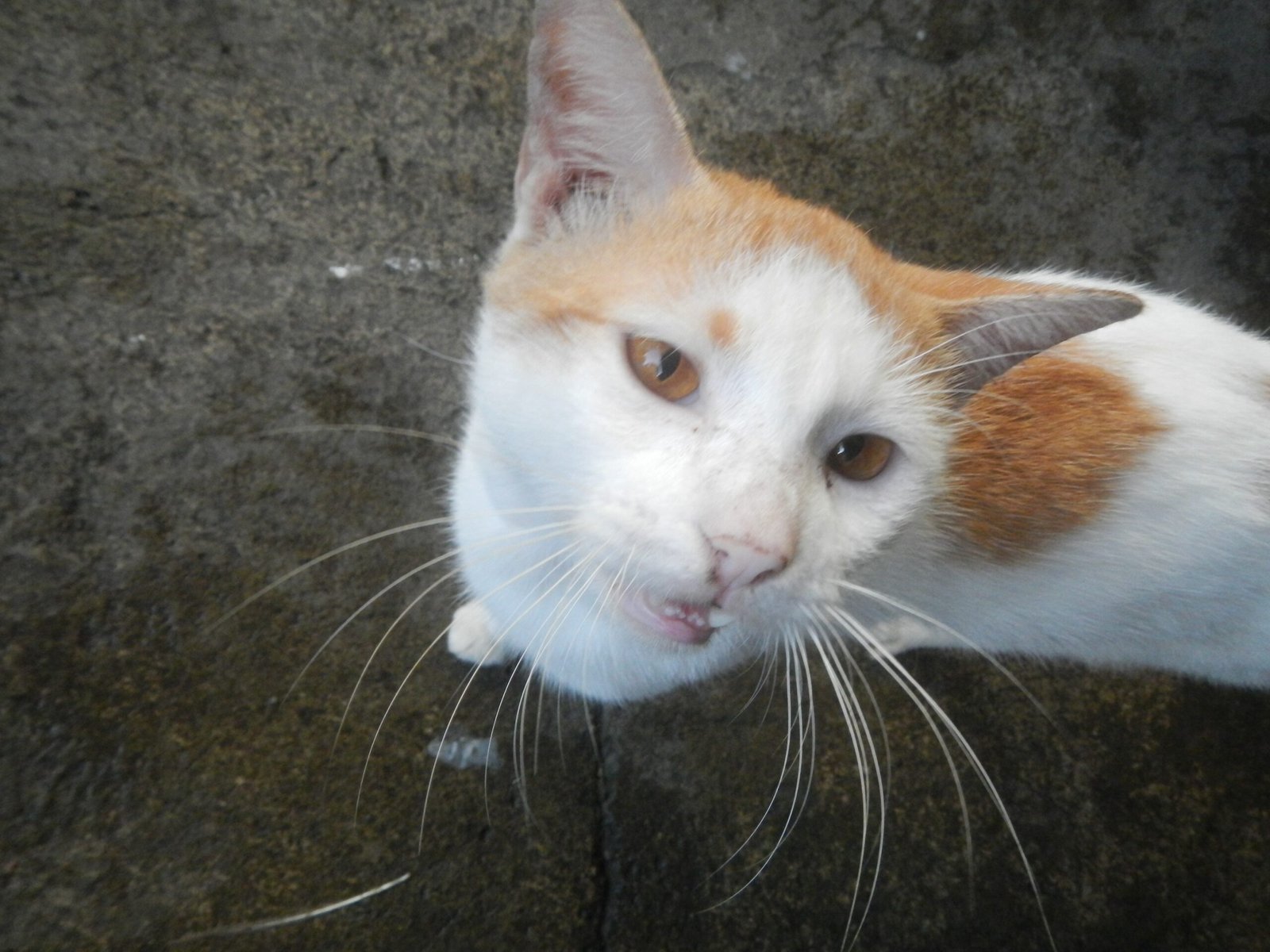
Ever feel like you have a furry little shadow? Cats that follow their owners from room to room aren’t just being nosy—they’re expressing deep attachment. In the wild, cats are solitary creatures, but when they trust a human, they want to be near them. Your cat might not always want to be held or petted, but if it’s never far from your side, it’s a sign of loyalty and affection. Some cats will even wait outside the bathroom door, meowing until you return. This constant companionship means your cat feels safest when you’re around. It’s a quiet but powerful display of trust. Whenever you notice your cat trailing behind you, remember: you’re its chosen companion.
Head Bunting: Sharing Scent, Sharing Love

If your cat gently bumps its head against you, it’s not just being cute—it’s marking you as part of its inner circle. Head bunting (or head butting) is a social gesture among cats. By rubbing their scent glands on you, cats are mixing their scent with yours, which is a big deal in their world. This is how cats show ownership and affection. It’s a sign that your cat feels comfortable enough to claim you. Sometimes, a head bunt is followed by a soft purr or a relaxed gaze. It’s their way of bonding and saying, “You belong with me.” The next time your cat greets you with a head bunt, know that you’ve earned its deepest trust.
Sleeping on or Near You

A cat sleeping on your lap, chest, or even just beside you is revealing a level of trust not given lightly. Sleep is the time when cats are most vulnerable, so they only settle down near those they truly trust. If your cat curls up on you, it’s relying on you to keep it safe. This behavior is often accompanied by gentle purrs, twitching whiskers, and sometimes even little cat dreams. It’s a sign that you are part of your cat’s “safe zone.” Even cats that are usually aloof may show this behavior when they feel especially close to you. Being chosen as your cat’s sleeping spot is a sure sign of a strong bond.
Bringing You “Gifts”—Even the Odd Ones

It might not always be pleasant, but when your cat drops a toy, a sock, or even a captured bug at your feet, it’s showing you trust. In the wild, cats bring prey to those they care for, either to share a meal or teach hunting skills. Domestic cats have kept this instinct, and they direct it toward their favorite humans. It’s their way of saying, “I care about you and want you to be provided for.” While you might not want that dead mouse on your pillow, try to appreciate the gesture. It’s a clear sign that your cat sees you as family and trusts you enough to share its prized possessions.
Exposing Their Back and Turning Away
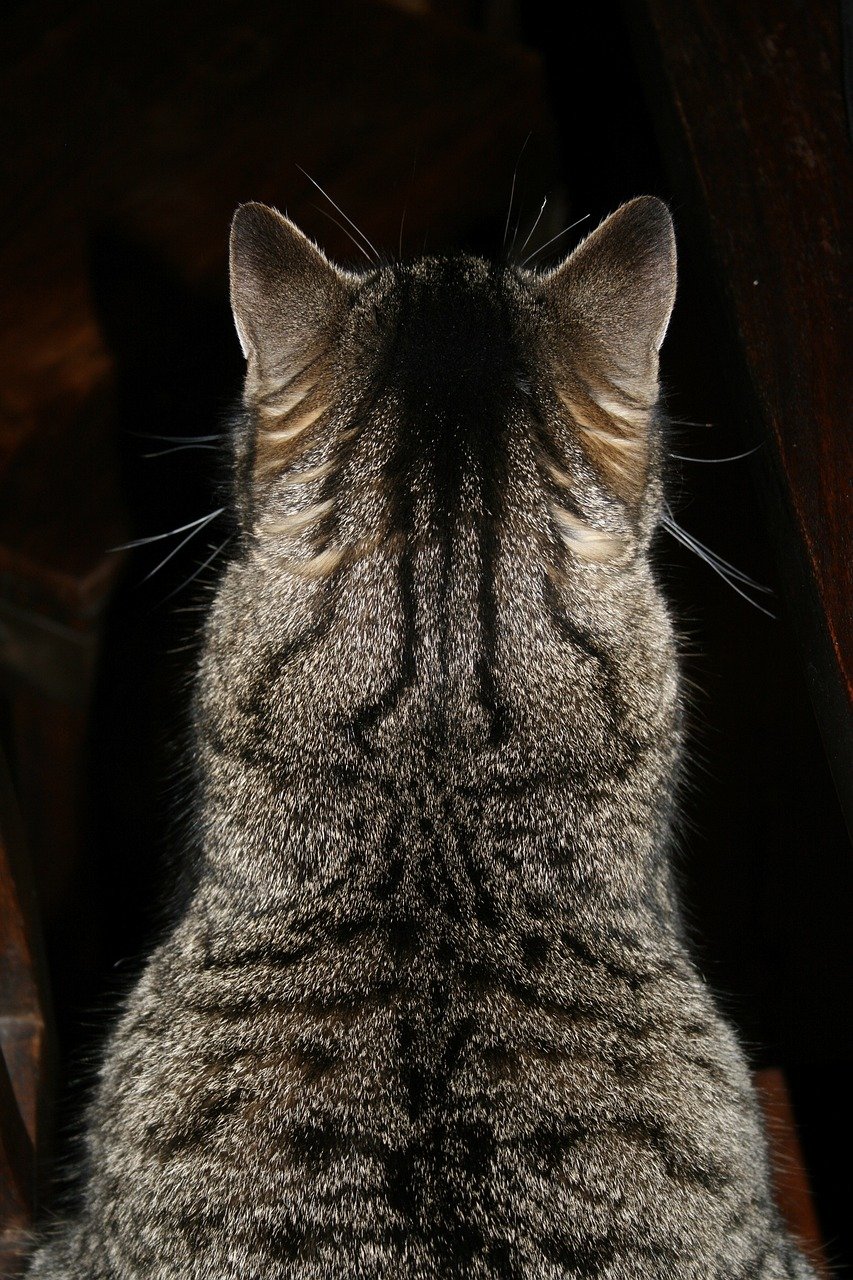
When a cat sits with its back to you or turns away while still in your presence, it’s not ignoring you. In fact, it’s a subtle sign of deep trust. In the wild, cats never turn their backs on a threat. So, when your cat sits with its back toward you, it’s saying, “I trust you won’t hurt me.” Sometimes, cats will even stretch out with their backs exposed, completely relaxed. This behavior shows they feel totally secure. It’s an odd but meaningful way cats demonstrate their confidence in your relationship. Consider it one of the highest compliments from your feline friend.
Grooming You or Themselves Nearby
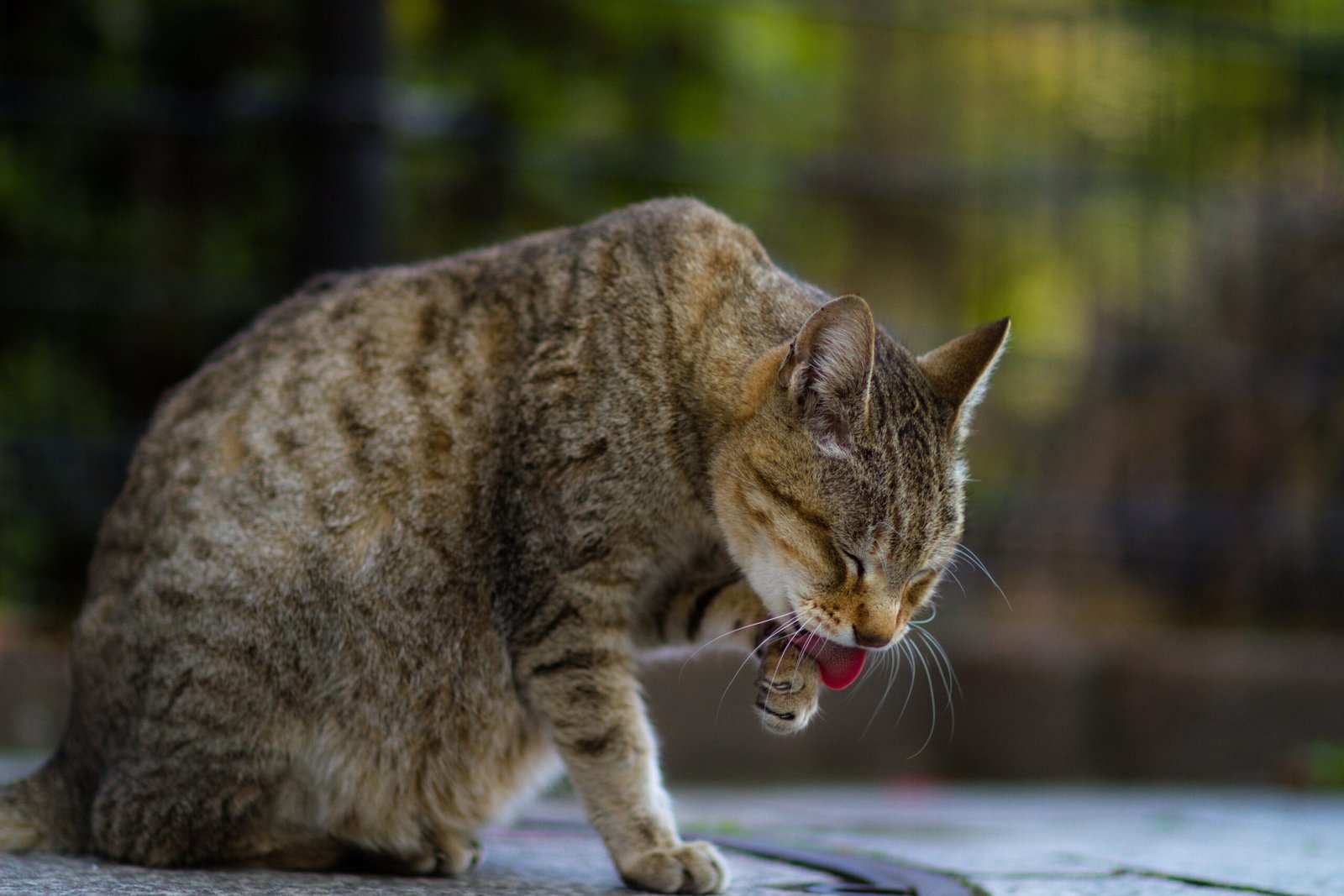
Cats that lick your hand, arm, or even your hair are showing you a level of intimacy usually reserved for other cats. Grooming is a bonding activity in feline groups, and if your cat includes you, it sees you as part of its family. Even if your cat doesn’t directly groom you, grooming itself while close to you is a good sign. It shows your presence makes your cat feel relaxed and safe enough to let its guard down. Mutual grooming, or “allogrooming,” is reserved for trusted friends in the cat world. So, the next time your cat gives you a little lick, know it’s sharing a secret language of trust.
Chirping, Trilling, and Special Vocalizations

Some cats have a unique “vocabulary” they use only with their favorite people. If your cat greets you with chirps, trills, or soft meows, it’s communicating affection and trust. These sounds are different from the typical “feed me” meows and are more playful or conversational. Cats rarely use these sounds with strangers. If your cat talks to you in this way, it’s letting you into its inner circle. Special vocalizations often mean your cat feels comfortable expressing itself around you. It’s a sign of a deep, trusting relationship. Listen closely—you might start to notice patterns in these secret cat conversations.
Playful Biting Without Pain

If your cat ever gives you a gentle nibble during play, it’s not trying to hurt you. These soft, playful bites are a sign of affection and trust. In the wild, cats use gentle mouthing to bond with their siblings or mothers. If your cat does this to you, it’s treating you like family. The bites are controlled and never break the skin, showing your cat knows its boundaries. This behavior is your cat’s way of inviting you into its playful world. As long as the biting is gentle and your cat’s body language is relaxed, it’s a sign of a strong bond.
Tail Position: The High Flag

A cat’s tail can reveal a lot about its feelings. When your cat approaches you with its tail held high and the tip slightly curled, it’s a clear sign of confidence and trust. This tail position is a friendly greeting in cat language. It means your cat is happy to see you and feels safe in your presence. Sometimes, the tail may quiver with excitement, another sign your cat is delighted to be near you. Pay attention to your cat’s tail; it’s like a little flag waving, “I trust you.” A relaxed, upright tail is one of the most obvious signs your cat feels secure.
Purring in Your Presence

Purring is often associated with contentment, but it’s also a sign of trust. When your cat curls up next to you and starts to purr, it’s expressing comfort and happiness. Cats don’t purr for just anyone—if your cat purrs only around you, it’s a special compliment. Purring can even have a calming effect on humans, creating a mutual sense of well-being. Some cats have loud, rumbling purrs, while others are softer, but the meaning is the same. It’s a soothing sound that says, “I feel safe with you.” Enjoy these moments—they’re a sign of your cat’s deep connection to you.
Making Eye Contact—But Not Staring

Direct eye contact can be intimidating for cats, but if your cat makes gentle, relaxed eye contact with you, it’s a sign of trust. Unlike the hard stare of a frightened or aggressive cat, soft eye contact means your cat feels comfortable and safe. Sometimes, this is combined with slow blinking, making the gesture even more meaningful. If your cat looks at you with soft eyes, it’s inviting connection. Avoid staring back too intensely, as this can be seen as a challenge. Instead, return the gaze with a gentle blink. This simple act can deepen the bond between you and your cat.
Allowing You to Touch Sensitive Areas

Cats are protective of certain body parts, like their paws, tail, and face. If your cat lets you touch these sensitive spots, it’s a sign of profound trust. Not every cat enjoys being handled in this way, so if yours does, consider it a rare gift. Gently touching your cat’s ears, paws, or even its nose without protest shows your cat feels completely safe with you. Some cats will even roll over and let you rub their paws or scratch under their chin. These affectionate gestures mean you’ve broken through your cat’s natural defenses.
Waiting for You at the Door
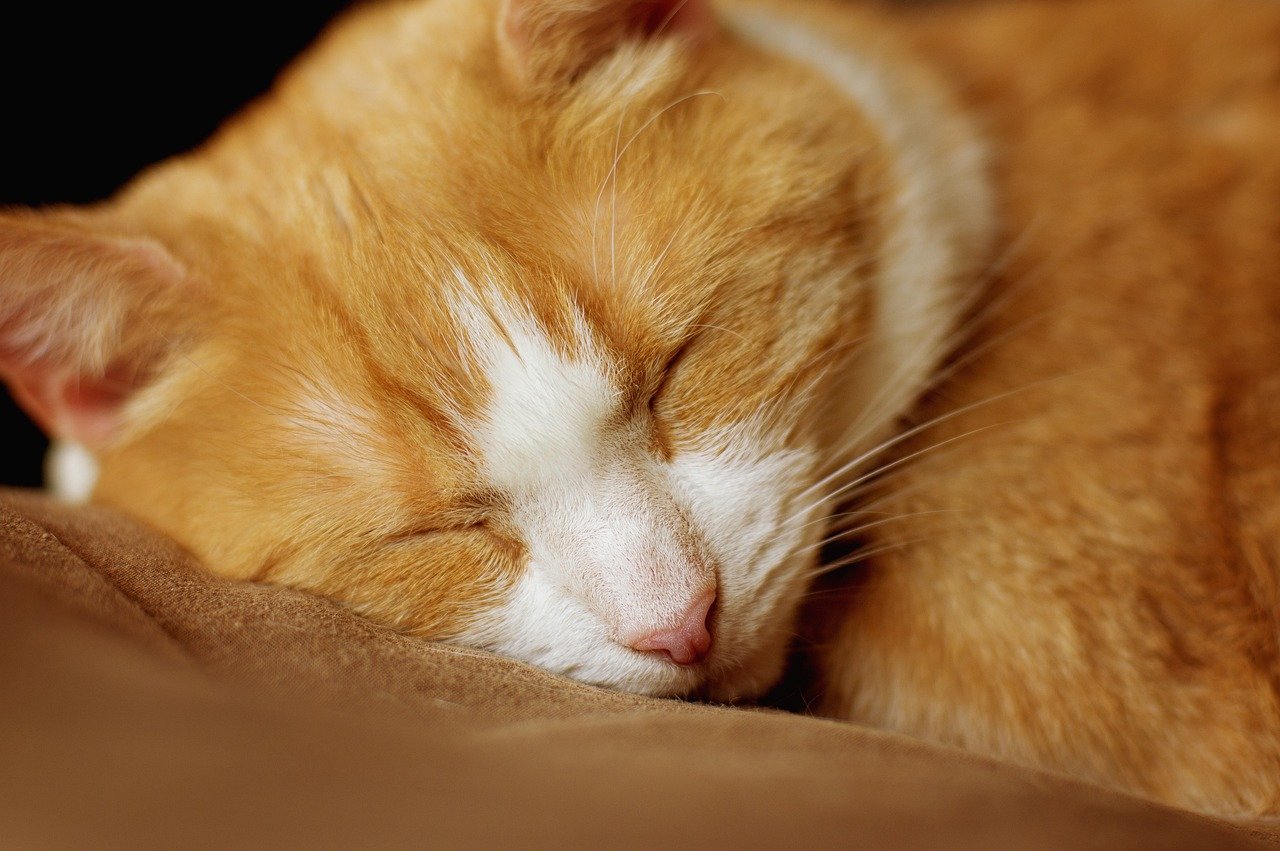
There’s something heartwarming about coming home to find your cat waiting at the door. This behavior is more than just anticipation for food. Cats that wait for their humans are showing attachment and trust. It means your cat misses you when you’re gone and looks forward to your return. Some cats will meow, rub against your legs, or even bring toys as a welcome. This greeting ritual is a sign you are an important part of your cat’s life. Even the coolest, most independent cats may surprise you with this behavior.
Rubbing Against Your Legs
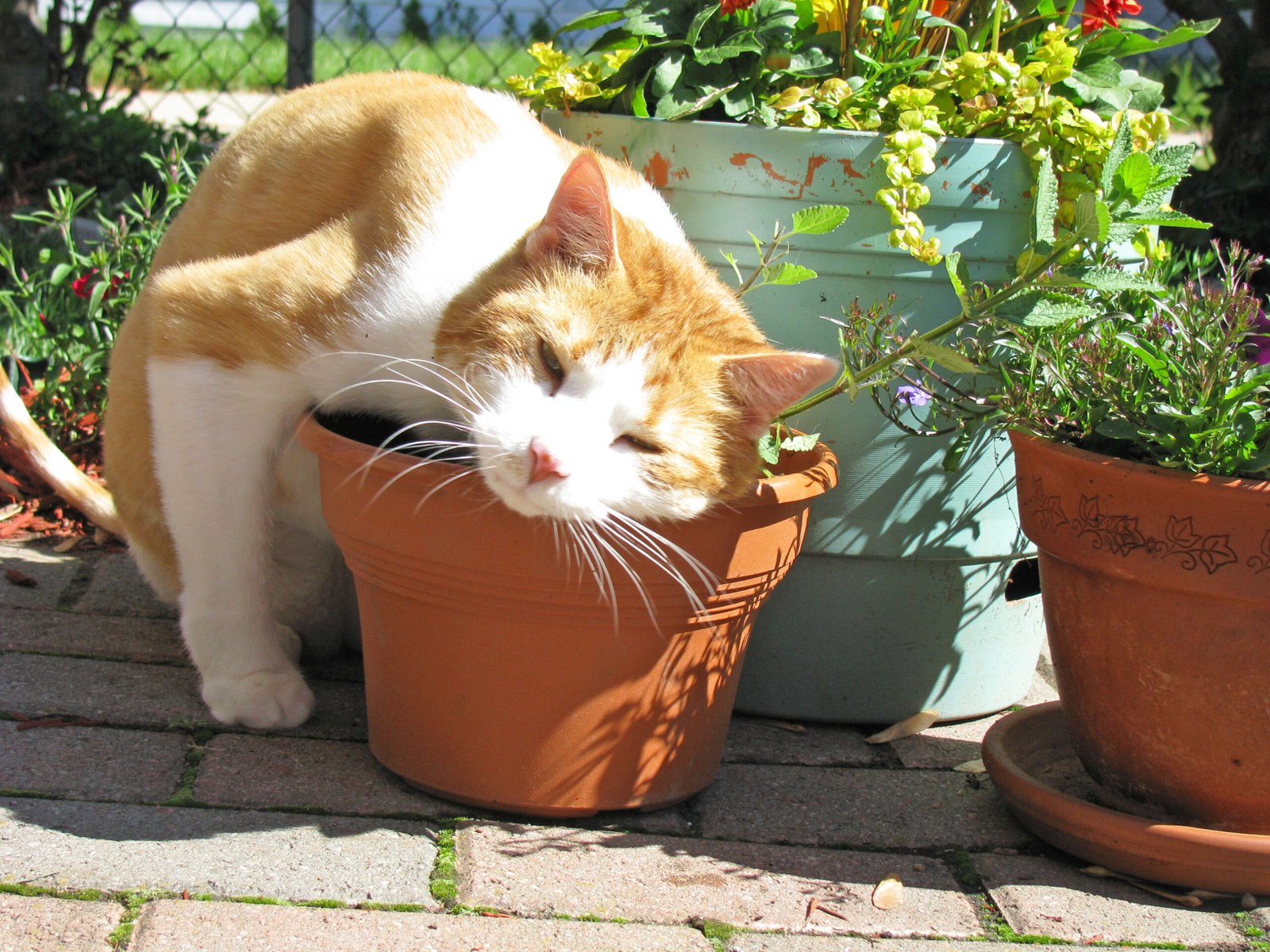
When your cat weaves between your legs or rubs against them, it’s not just asking for food—it’s sharing its scent and marking you as “family.” This behavior is rooted in trust and affection. Cats have scent glands on their cheeks and flanks, and by rubbing against you, they’re mixing their scent with yours. It’s a way of saying, “You belong to me, and I belong to you.” This is often accompanied by purring, tail flicks, and a relaxed body posture. It’s a daily reminder that your cat feels safe and bonded to you.
Resting With Its Eyes Half-Closed

A cat that dozes off with its eyes half-closed in your presence is showing profound relaxation and trust. In the wild, cats stay alert even while resting. If your cat lets its guard down around you, it means it feels completely at ease. This semi-sleep state is often accompanied by slow breathing and soft purring. It’s a sign your cat doesn’t see you as a threat. Sometimes, your cat might even twitch its ears or whiskers, showing it’s in a deep, restful state. Cherish these moments—they’re a window into your cat’s comfort with you.
Sharing Its Favorite Spots With You
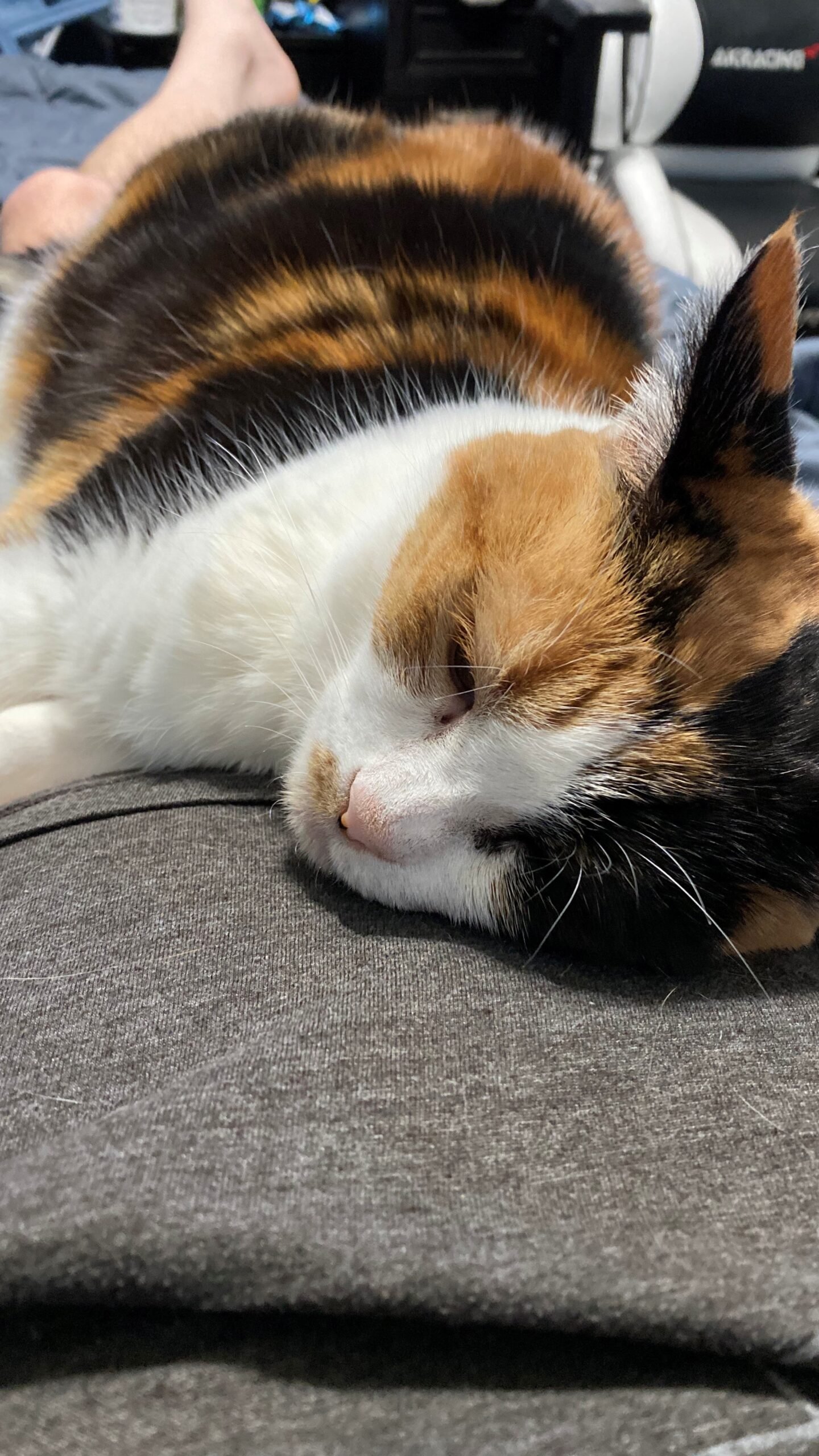
If your cat leads you to its favorite sunny spot, window perch, or cozy bed, it’s inviting you into its world. Cats are territorial by nature, and their favorite spots are sacred. By sharing these spaces with you, your cat is demonstrating ultimate trust. Sometimes, your cat will even try to “herd” you to these areas, encouraging you to sit or rest together. This behavior is a sign that your cat wants to include you in its private moments. It’s an invitation to bond and share quiet time together.
Responding to Your Voice or Name

Cats that come when called or respond to your voice are showing a level of trust and attachment that goes beyond basic obedience. Many people think cats ignore their names, but studies show they recognize and respond to the voices of those they trust most. If your cat perks up, meows, or comes running when you call, it’s showing you matter. Some cats will even “talk back” or meow in response. This two-way communication is a clear sign of a close bond. Your cat sees you as a trusted companion, not just a food provider.
Initiating Physical Contact

When your cat seeks you out for cuddles, head scratches, or simply to sit on your lap, it’s a clear expression of trust. Some cats are more independent, but even they will initiate contact when they feel especially close to someone. If your cat nudges your hand, curls up beside you, or rubs its head against you, it’s asking for affection. These moments of connection are your cat’s way of saying, “I feel safe and loved with you.” It’s the ultimate sign of a deep, trusting relationship.
Hi, I’m Bola, a passionate writer and creative strategist with a knack for crafting compelling content that educates, inspires, and connects. Over the years, I’ve honed my skills across various writing fields, including content creation, copywriting, online course development, and video scriptwriting.
When I’m not at my desk, you’ll find me exploring new ideas, reading books, or brainstorming creative ways to solve challenges. I believe that words have the power to transform, and I’m here to help you leverage that power for success.
Thanks for stopping by, Keep coming to this website to checkout new articles form me. You’d always love it!






